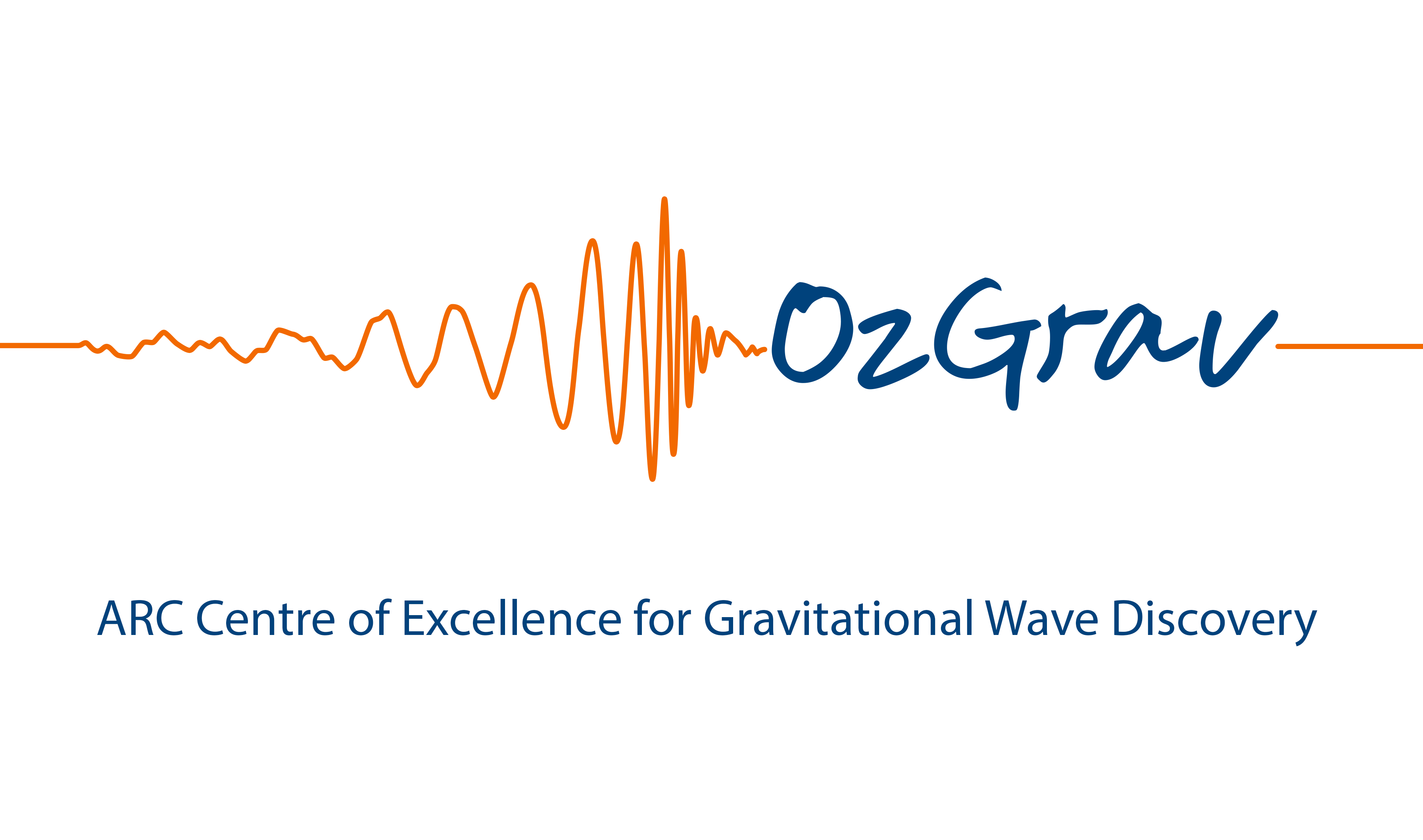Invited talks
| Name | Affiliation | Theme |
|---|---|---|
| P. Ajith | ICTS | Gravitational-waves from binary black holes: The interplay of theory and observation |
| A. Bahramian | Curtin U | X-ray binaries and black holes in globular clusters |
| J. J. Eldridge | U Auckland | Uncertainties in predicting gravitational wave transients from binary population synthesis |
| M. Fujii | U Tokyo | (Binary BH Formation in star clusters) |
| S. Galaudage | Monash U | LIGO-Virgo observations of gravitational waves: The emerging picture of the binary black hole population |
| A. Goodwin | Curtin U | Constraining neutron star parameters by modelling X-ray bursts |
| A. Heger | Monash U | Stellar Evolution and Nucleosynthesis |
| W. Horiuchi | Hokkaido U | (12C(a,g)16O Theory) |
| T. Kawabata | Osaka U | Triple alpha reaction rate under extreme conditions |
| T. Kinugawa | U Tokyo | Remnants of first stars for gravitational wave sources |
| J. Powell | Swinburne U Technology | 3D simulations of core-collapse supernovae |
| J. Sakstein | U Hawaii | Black Hole Archaeology |
| T. Shima | RCNP, Osaka U | (12C(a,g)16O Experiment) |
| K. Takahashi | AEI | Where are PISNe? |
| Y. Taniguchi | NIT, Kagawa | 12C + 12C Fusion S-factor from a Full-microscopic Nuclear Model |
Contributed talks
★ Short talk/poster

